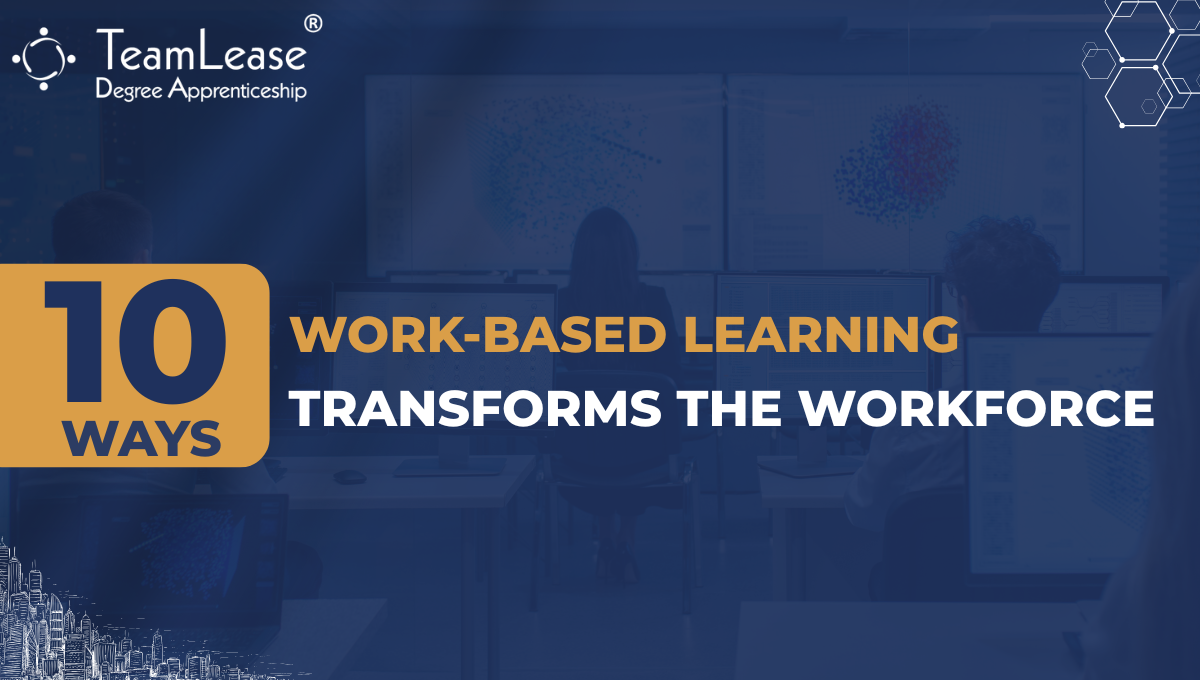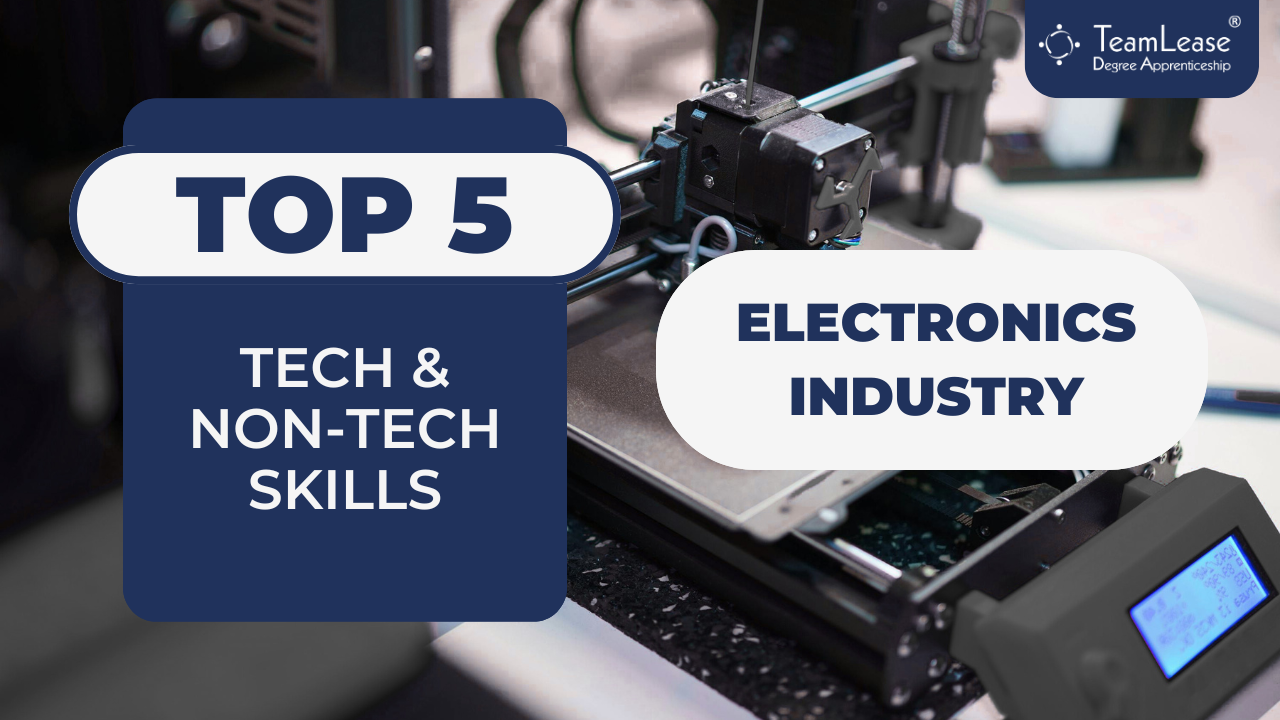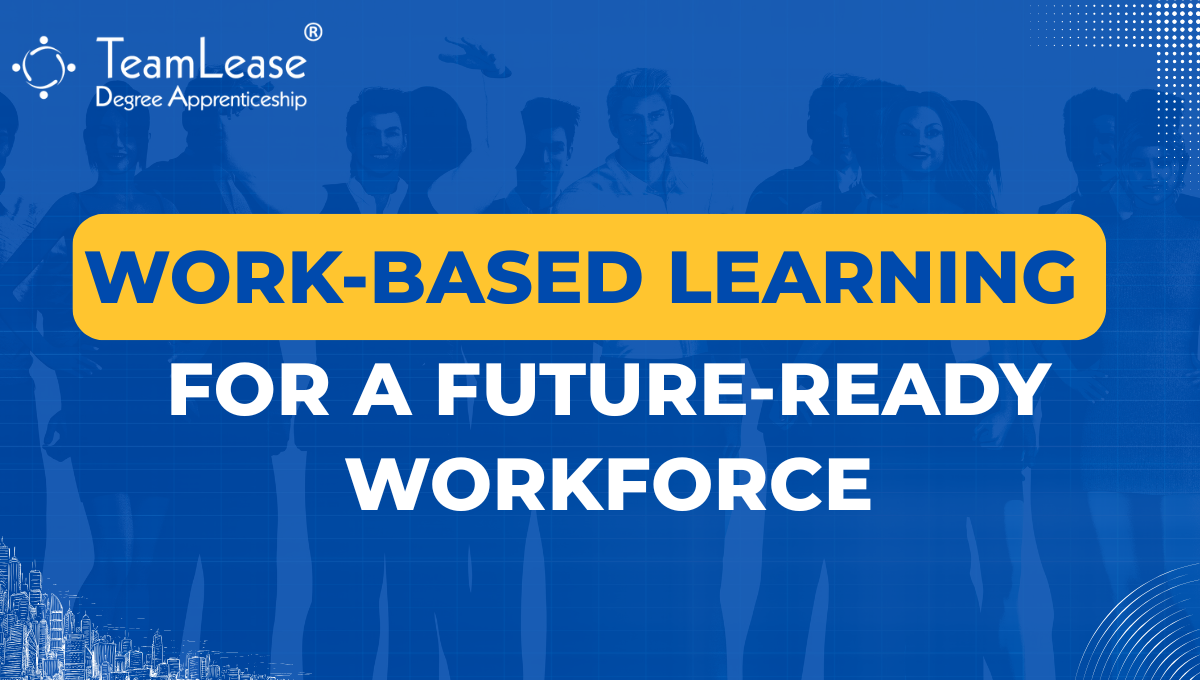In today’s fast-changing economy, companies cannot rely on traditional education alone to build the talent they need. Work-based learning (WBL), which blends classroom instruction with hands-on experience, has emerged as a strategic tool for developing skilled, adaptable employees. Organizations that embrace WBL report measurable improvements across hiring, productivity, retention, and innovation.
Build a Job-Ready Talent Pipeline
WBL equips candidates with practical skills from day one. According to the National Association of Colleges and Employers (NACE), 86% of employers find students with internship or cooperative education experience better prepared for the workforce than those without. This readiness minimizes learning curves, reduces early-stage errors, and ensures faster contribution to organizational goals.
Cut Hiring and Training Costs
Integrating internships and apprenticeships into talent pipelines lowers recruitment and training expenses. A 2024 study of Fortune 500 companies found a 22% average reduction in hiring costs when WBL programs were in place. Tailored on-the-job training also reduces unnecessary classroom instruction, delivering skills precisely aligned to job requirements.
Boost Early Productivity
Employees with WBL exposure are 15–20% more productive in their first months compared to peers without such experience. Familiarity with company workflows, tools, and culture accelerates integration, particularly in sectors like manufacturing, healthcare, and technology, where speed and accuracy are critical.
Improve Retention and Engagement
Investing in WBL drives loyalty. Research from Georgetown University’s Center on Education and the Workforce shows that employees entering through internships or apprenticeships are 30% more likely to remain with their first employer for over three years. Engaged, well-prepared employees are less likely to seek external opportunities, reducing turnover costs.
Strengthen Succession Planning
Structured WBL prepares employees for leadership roles by building practical skills and competencies. In industries facing rapid technological change, this approach ensures a steady pipeline of capable leaders, mitigating talent gaps and supporting organizational continuity.
Increase Workforce Agility
Organizations with strong WBL adoption cultivate adaptable teams that respond swiftly to market and technological shifts. A 2023 Deloitte survey found such companies were 40% more likely to pivot successfully during downturns. Cross-training and real-time learning enable redeployment across evolving priorities, enhancing resilience.
Ensure Compliance with Skilling Mandates
Regulatory pressures on skills certification are rising globally. WBL provides a clear path to compliance, ensuring employees are trained and certified in line with industry standards. In the EU, 80% of enterprises using apprenticeships maintain compliance, compared with 55% relying solely on classroom-based programs.
Enhance Employer Brand and CSR Impact
WBL strengthens reputation and social responsibility. Millennials and Gen Z prioritize employers that make a social impact, with 70% indicating this as a key factor, according to LinkedIn’s 2024 Workforce Report. Programs targeting underserved populations or partnering with educational institutions enhance corporate social responsibility while attracting top talent.
Drive Innovation Through Hands-On Experience
Hands-on learning encourages experimentation and problem-solving. A 2025 industry analysis found firms with structured project rotations reported three times higher rates of patent filings and process improvements compared with organizations relying on theoretical training alone. WBL fosters a culture of risk-taking and continuous improvement, crucial for sustained innovation.
Align Employee Growth with Business Goals
WBL ensures that employee development directly supports organizational objectives. Individual development plans incorporating workplace experience build competencies with immediate business relevance. Forbes reports that 90% of high-growth firms see measurable ROI when employee advancement is linked to strategic priorities, boosting motivation and performance.
Work-based learning is more than an HR initiative; it is a strategic lever for building competitive advantage. From creating job-ready talent to enhancing retention, boosting productivity, and driving innovation, WBL positions organizations to thrive in a complex, fast-evolving environment. Companies that integrate WBL into their talent strategy not only future-proof their workforce but also deliver meaningful impact for employees, communities, and business outcomes.
Can Work-Based Learning transform your workforce strategy? Yes and we can show you how



No comments yet
Your Comment